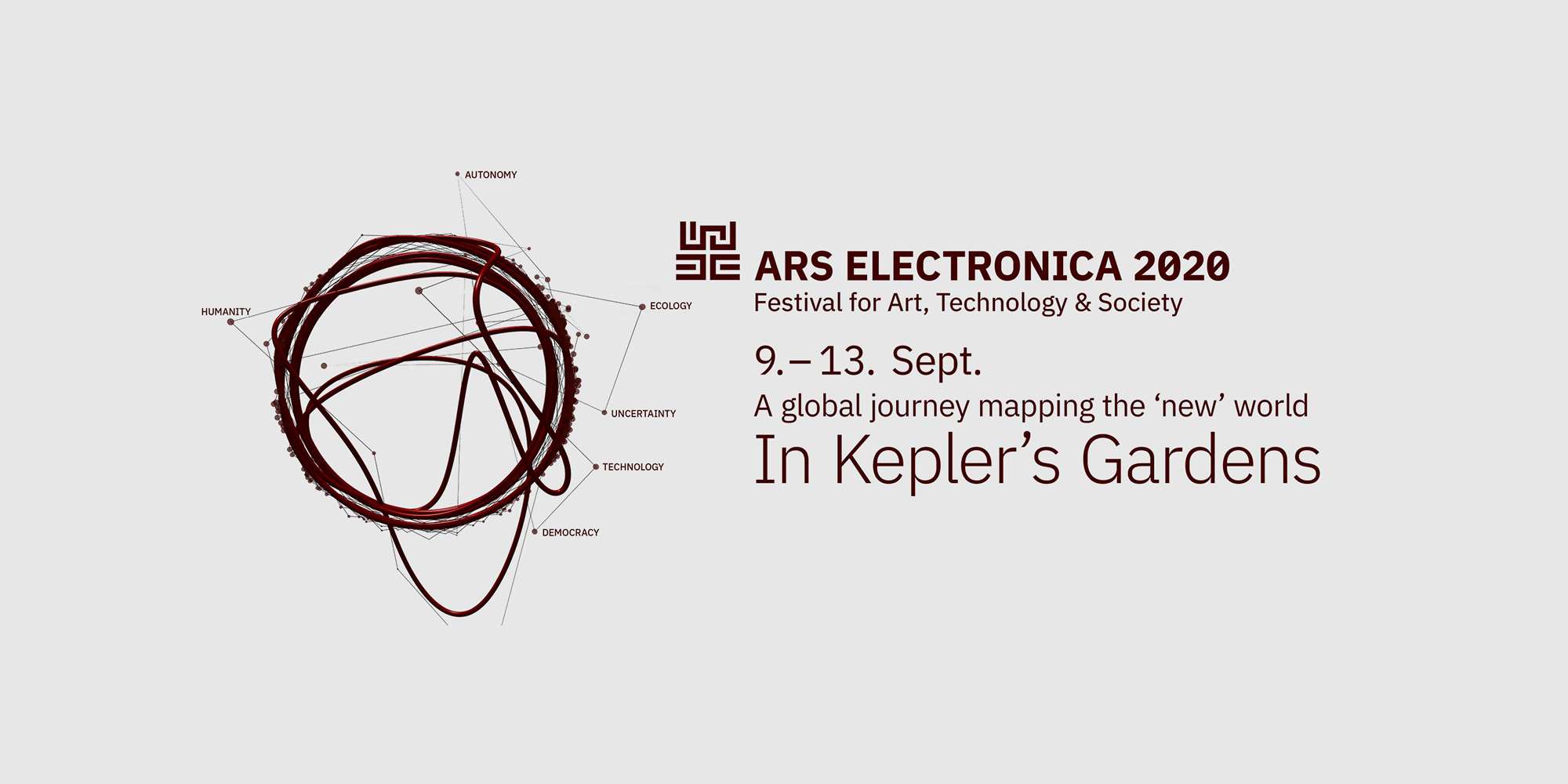Sound Art

Mechanical Garden after Tytus Czyżewski
Paweł Janicki (PL)
Interactive installation inspired by visual poem Ogród Mechaniczny (Mechanical Garden”) by Tytus Czyżewski (1922) re-created in a contemporary medium (software). The work touches on issues of conditional arts, synthetic nature and the relation of art, nature and technology in general. Ogród Mechaniczny is a multiuser installation based on motion tracking, transforming the “frozen” image by Czyżewski into an amorphous, interactive and playable situation.
![quartets online, Yamaguchi Center for Arts and Media [YCAM] (JP)](https://ars.electronica.art/keplersgardens/files/2020/08/Yamaguchi_1_quartets_online@quartets_team-1-300x150.jpg)
quartets online
Otomo Yoshihide + Norimichi Hirakawa + Yuki Kimura + Ko Ishikawa + Yoshimitsu Ichiraku + Jim O’Rourke + Kahimi Karie + Sachiko M + Axel Dörner + Martin Brandlmayr + YCAM
"quartets" is a performance piece that happens only in the video streaming system. Eight musicians performed improvisation individually for the recording, as they imagined a session with the others. In this piece, the performances are blended or combined at random, and each time a whole new set of improvised music comes to exist. In "quartets", we will conceive the meaning of ensemble and questioning how we could imagine "others" in this isolated and increasingly complex situation.
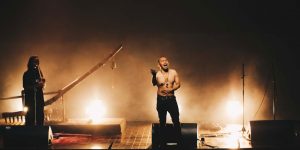
Sound Tectonics #24: Mystic Rhythm
SENYAWA / Wukir Suryadi & Rully Shabara (ID) & Kakushin Nishihara (JP)
Sound Tectonics is a long-run series of live performances and music events that have been held by YCAM since 2004. This program emphasizes listening experience through a different aspect of music production, sound art, and stage production. This time, we want to highlight the possibilities between modern (audio) technology and traditional/ancient sounds by inviting Senyawa (Indonesia) and Kakushin Nishihara (Japan). Both musicians are known to combine those two aspects and bring a new sound.
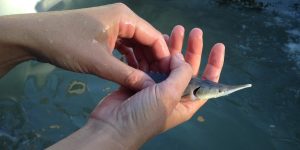
Zugzwang - The Compulsion to Find a Common Baseline in Sound
Christina Gruber (AT), Samuel Hertz (US)
Zugzwang explores how a non-human centered approach to the use of technology can help us tune in to our companion species & environments. Though sound is omnipresent, we have problems understanding. Miscommunication and distortion happen constantly. Can listening become a central asset in learning about our environment?

Above the Below
Mathieu Zurstrassen (BE)
_ /bəˈloʊ/ is an exterior sound installation, featuring a pipe emitting an audio file emerging from the ground. The audio file is a lecture from the book *How to Analyze People on Sight*, written in 1921 by Elsie Lincoln Benedict and Ralph Paine Benedict.
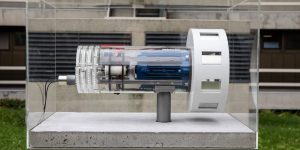
Political Atmosphere
Felix Lenz (AT)
“Political Atmosphere” is an experiential installation amplifying the invisible connections between flight turbulence, climate change and war. It consists of a data-driven mechanical siren and an ADS-B antenna, which allows for receiving, processing and visualizing the surrounding flight traffic. Each flight slowly accelerates the latent build-up of potential until a threshold is passed and a mechanism releases the siren.

Ars Electronica AIxMusic Online Hackathon
Philippe Esling (FR), Lamtharn Hanoi Hantrakul (TH), Carmine Cella(IT), Edward Tiong (US) and Yishuang Chen (US)
For the occasion of the first online Festival, Ars Electronica will host its first international AIx Music Hackathon as part of the AIxMusic Festival 2020. The hackathon will take place online during the Ars Electronica Festival from 9-13 September 2020. Join our workshops and engage with other hackers, develop prototypes that musicians will be able to integrate, stimulate the use of open data and public resources!
AI x MUSIC FESTIVAL Opening Ceremony
The Grid (US/EU), Gray Area (US), Codame (US), ZERO1 (US), MUTEK.SF (US), EUNIC Silicon Valley (US), EUNIC Washington DC (US), EUNIC New York (US), Ars Electronica AIxMusic Festival (AT), STARTS, European Commission (EU), Center for Humane Technology (US), Salesforce (US)
Your guide through the AIxMUSIC FESTIVAL Opening Ceremony with Livestream.
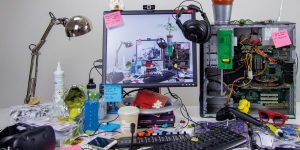
THE WILD STATE: State of Intimacy
Fabrizio Lamoncha Martinez (ES)
This unique exhibition reflects, in many respects, the diversity of the international Interface Cultures students group. Many of the students’ art and technology projects seem to encourage us to consider new collective values. We hope you’ll be inspired and alerted by their intimate, artistic, socially engaged, technical informed or critical views on our life over the last half year.
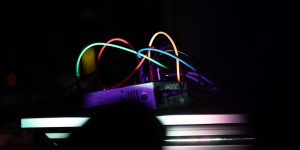
THE WILD STATE: Sound Campus
Enrique Tomás (ES)
Sound Campus is a new program especially oriented towards examining the state of experimental sound practices at universities and research centers. It opens a possibility for students and researchers to present new forms of understanding sonic art to the big audience of Ars Electronica Festival. This year’s program, curated by Enrique Tomás, presents uneasy sound performances resonating in the face of a critical present. Intrusive music touching us despite lockdowns.
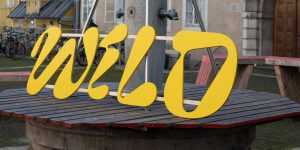
THE WILD STATE: Networked
Julia Nüßlein (DE), Davide Bevilacqua (IT)
The exhibition “The Wild State: networked” seeks to leave the state of uncertainty behind us by bringing some of the most recent and interesting contributions to the Hauptplatz in Linz. We are delighted to present works by Master and PhD-students, touching on topics related to the truly “Wild State” we are currently in, and the natural processes related to it. – A tour through the exhibition with the curators Julia Nüßlein (DE) and Davide Bevilacqua (IT)
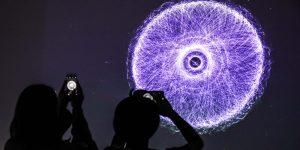
Ars Electronica Export - Tour and Networking
Ars Electronica Export is travelling to Nikosia (RISE), Dresden (Hygienemuseum), Esch-sur-Alzette (Cultural Capital2022) and San Sebastian (Tabakalera) to talk about the collaboration and projects not only we can see during Ars Electronica Festival 2020.
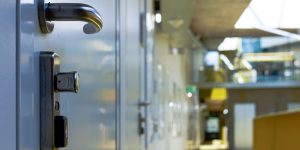
Exposed Building
Michael Roland (AT), Michael Mayr (AT), Robert Holzinger (AT), Markus Vogl (AT)
By opening a maintenance hatch and hacking into the network infrastructure behind it, we acquire access to the electronic locking system. By controlling the buzzers built into the office door locks, we transform the Science Park 2 building into an orchestra and it resounds like a huge walk-in instrument. The installation playfully provokes thought about the vulnerability of modern technology and its growing risks for society.
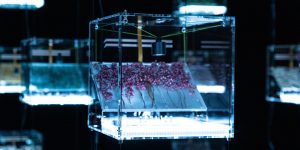
The Transparency of Randomness
Mathias Gartner (AT), Vera Tolazzi (AT)
"The Transparency of Randomness" is an interactive installation that provides insight into the world of randomness. Random numbers are continuously generated through a transparent dice system, to be used as the basis for real-time calculations and visualizations. Through its use of diverse materials, the process is influenced by the complexity of nature.

Biocomputer Rhythms
Interdisciplinary Centre for Computer Music Research (ICCMR), University of Plymouth (UK), Eduardo Reck Miranda (BR/UK)
Biocomputer Rhythms is a piece for prepared piano and percussion. It is a musical duet between a pianist and an intelligent interactive biocomputer. The biocomputer listens to the piano and produces musical responses during the performance. The responses are played on percussion instruments and on the piano by the pianist. The piano is prepared with electromagnetic actuators positioned inside the instrument to vibrate its strings. Electromagnetic actuators are also used to vibrate percussion instruments.
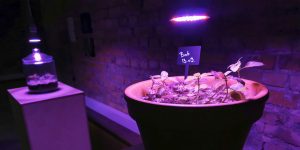
Planting a Resort for Mental Ecology
MPLab – Liepāja University Art Research Laboratory (LV)
People of Liepāja know very well that a garden is essential – without planting a park along the coast, the little seaside town would be consumed by sand, wind and water. The roots of trees keep the structure of the dunes stable, and people of Liepāja can retreat from the everyday struggles and storms in a safe garden environment.
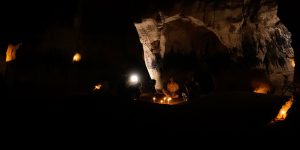
Finding Amir / From Jerusalem to the Judaea Desert, Israel
Musrara, the Naggar School of Art and Society (IL)
The day that Covid19 sent us all into isolation, Amir Meir, a member of the Musrara Sonic Art Research Group׳ announced he was going to spend the quarantine in one of the many caves in the Judean Desert near Jerusalem and disappeared ever since. With the aid of space and sound illusions practices, the film "Finding Amir" tries to touch on the in-depth questions about the imagined realities that lie behind the walls of digital and symbolic representation.
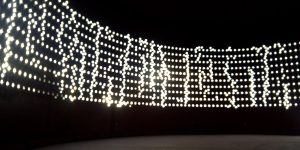
remote/displaced
Äänen Lumo (FI), Aalto University (FI), quietSpeaker (FI)
remote/displaced allows for an immersive exploration of a virtualized physical space: Öljysäiliö 468, a vast, decommissioned oil tank in East Helsinki. It takes the shape of a small collection of brief immersive audio-visual visits to this special remote place, exploring ways to listen to the encounter between sound, technology, space and landscape, as it emerges like a precarious ecosystem, where the boundaries between natural and artificial are constantly renegotiated and deformed by technology.
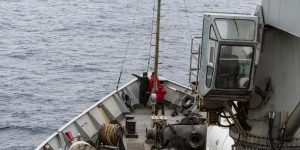
Achaeoscillator_Towards incorporeal forms of sensing listening and gaze
Terra Australis Ignota Research Group (CL) with Santiago Museum of Contemporary Art (MAC)
Achæoscillator displays the drastic weather conditions of the southernmost island in the world on a virtualized representation of the end/beginning of the Americas. A one-person experience, where the research presents traces and connections between the ancestors of the Yagán community, the Kawesqar and Selk’nam and the Antarctic, Scotia and South America continental plates, offering an inestimable and uncontrollable source of Gaia's power.
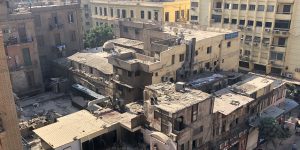
WE ARE DATA
Cairotronica (EG)
WE ARE DATA came as a response to a rising responsibility placed on "technology" as a tool which facilitates inclusive development and solutions to many challenges currently facing cities like Cairo. This, in turn, raises questions about security, privacy, accountability, bias, agency, transparency, and ethics among many others. Through the We Are Data fellowship, we wanted to encourage dialogue on the complexity of technology and data from the perspective of 6 Egyptian artists.
